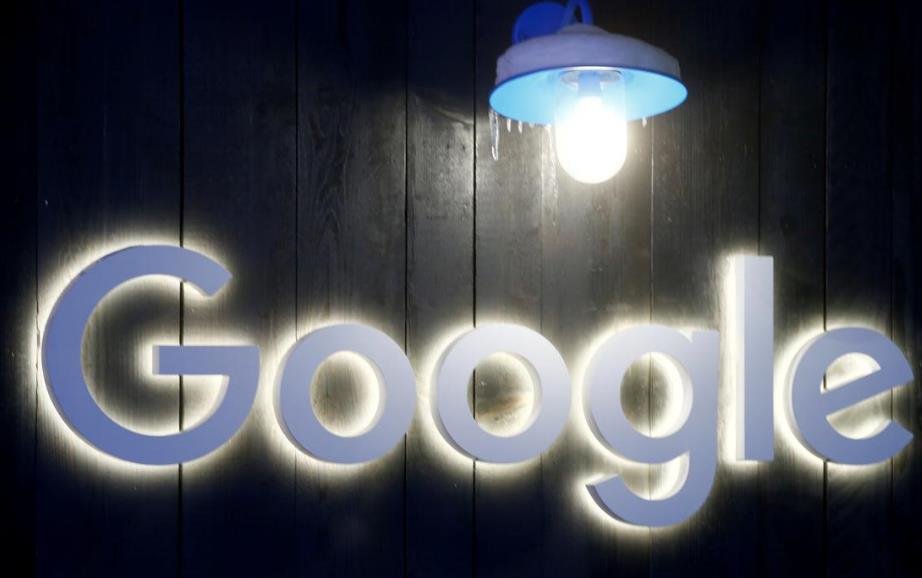Google has announced that its Search Generative Experience (SGE), an AI-powered chatbot that can answer questions and generate content, is now available to teens in the US. The company has also added new features and safeguards to SGE, such as image capabilities, coding features, app integration, and AI literacy guide.
SGE is a feature in Google Search that allows users to interact with a large language model called Bard, which can generate natural, human-like responses to queries. Users can ask SGE anything, from factual questions to creative prompts, and get answers or content in various formats, such as text, images, code, or tables. SGE also has a “Google it” button that accesses the web search results for the query.

SGE learns from real-world information on the internet, which means it can access up-to-date information and namecheck its sources, such as Wikipedia. However, it also means that it may share misinformation or display bias, as these exist in the online data. Google warns that SGE has “limitations” and advises users to use it responsibly and critically.
Why is SGE now open to teens?
Google says that it wants to let teens benefit from the “helpful capabilities generative AI has to offer”, as it can help them with their learning, creativity, and curiosity. The company says that its research has found that SGE received the highest satisfaction scores from users aged 18-24, as they liked being able to ask follow-up questions in a conversational manner.
However, Google also acknowledges that teens have different developmental needs and may face more risks online, such as exposure to harmful, illegal, or inappropriate content. Therefore, Google has consulted experts and research in the field to add more protections and safeguards to SGE for teens.
What are the new features and safeguards for teens?
One of the new features that Google has added to SGE for teens is an AI Literacy Guide, which is designed to address “key questions about how generative AI works, its capabilities and its limitations, as well as tips for how teens and families can use it responsibly”. The guide will be surfaced as part of the SGE setup process for teens, and will also be available on the Google Safety Center website.
Another new feature is the “About this result” panel, which will explain how SGE works and how it generates its responses. The panel will also come to individual links in SGE responses, like on every other search result, to provide more transparency and context.
Google has also added stronger guardrails and filters to SGE for teens, to prevent it from sharing harmful, illegal, sexually explicit, or personally identifiable information. For example, SGE will not respond to offensive prompts or queries related to illegal or age-gated substances or bullying, among other issues. Google says that it will continue to improve its systems and work with experts to better protect teens.
Additionally, Google has improved its AI models to better detect and handle queries that include a false or offensive premise, which would result in an AI-powered response that appears to validate the premise. SGE will now respond with higher-quality, more accurate responses that do not reinforce the premise. Google also plans to have its AI models critique and rewrite their own responses on sensitive topics, based on quality and safety principles.
What are the other updates to SGE?
Besides opening SGE to teens and adding new safeguards, Google has also introduced new features and updates to SGE for all users. These include:
- Image capabilities: SGE can now generate images based on user prompts, such as “draw me a picture of a dragon” or “show me a map of Europe”. Users can also ask SGE to modify or caption the images, or to explain how they were created.
- Coding features: SGE can now generate code snippets based on user requests, such as “write a function to calculate the area of a circle” or “create a website with a header and a footer”. Users can also ask SGE to explain or comment the code, or to run it in a sandbox environment.
- App integration: SGE can now integrate with other Google apps, such as Gmail, Docs, Sheets, and Slides, to help users with their tasks and workflows. Users can ask SGE to compose an email, write a document, create a spreadsheet, or make a presentation, based on their inputs and preferences.
Google says that these updates are part of its vision to make SGE more global, more visual, and more integrated, and to provide users with more ways to use generative AI in their daily lives.
